Ethiopia Yega Sheffield Hofsa Cooperative Coffee Bean washing Hovsa Coffee brewing Flavor
Professional coffee knowledge exchange more coffee bean information please follow the coffee workshop (Wechat official account cafe_style)
I believe you have learned about many famous cooperatives in Ethiopia in the past few days. The establishment of cooperatives has indeed given many small farmers better resources to grow and sell. Qianjie this article continues to talk about cooperatives, talking about the pioneer of the first wave of cooperatives in Ethiopia-the Hofsa Cooperative. The cooperative's coffee beans attracted wave after wave of fans after the international cup testing website Coffee Review scored a high score of 95 in 2013.
Yejia Xuefei Hofsa micro-production area
Hafursa
Hofsa, also known as Harsa, was originally the name of a village in the town of Ethiopia, the smallest unit of the four local administrative levels. In fact, it is close to the west of the downtown area of the town of Yega, and as long as you walk out of the town road on the west side, you can immediately enter the village of Hofsa. When Ethiopia began to set up a cooperative to help farmers in 1975, the village of Hofsha took the lead in setting up the Hofsa cooperative, which can be described as the "vanguard" of the cooperative.
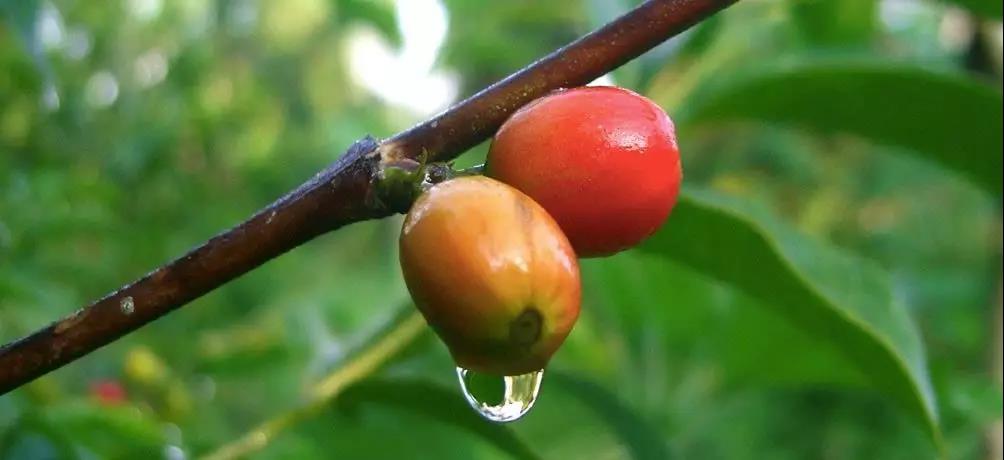
The sources of coffee berries in the Hofsa cooperative processing plant are mainly from the hillside of the village of Hofsa and located in the west of the plant, from 1850m to 2100m above sea level, and partly from the hillside near the village of Konga in the south of the plant, and from 1870m to 2000m above sea level. The locations of the two regional coffee plantations are excellent in terms of elevation and slope, and this has become the basic condition for cooperatives to produce excellent raw coffee beans.
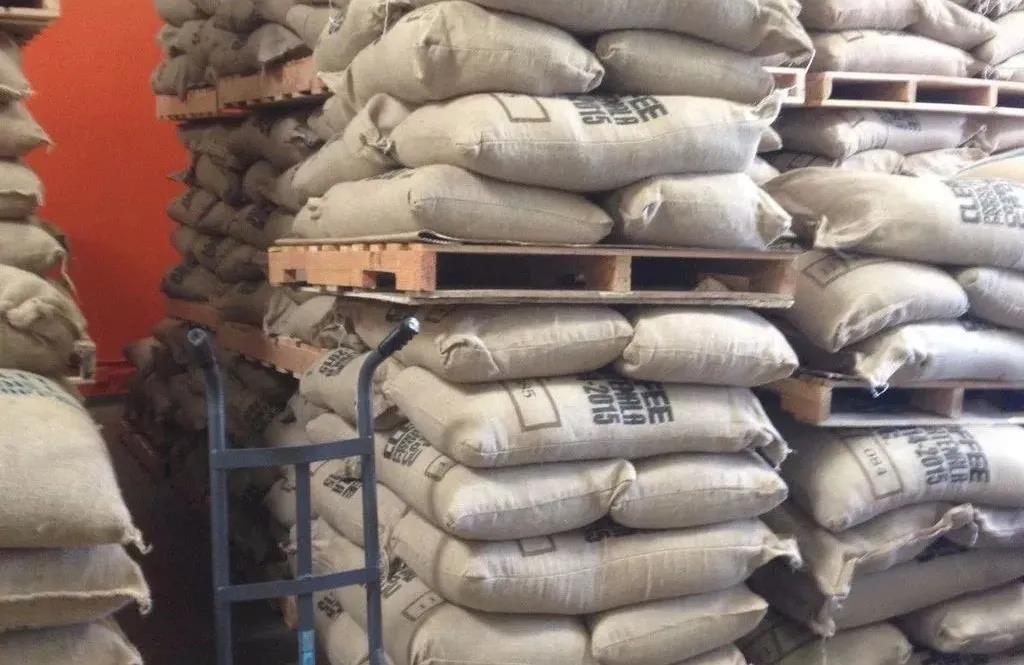
The Hofsa Cooperative joined the Yega Sheffield small Farmers Cooperative Union (YCFCU,Yirgacheffe CoffeeFarmers Cooperative Union) in 2013 and obtained "organic" and "fair trade" certification. The Hofsa Cooperative, in cooperation with local small farmers in Yejassefi, adopts shade planting techniques and intersperses with crops such as bananas, planting with full manual and organic fertilizers, and using natural ways to control diseases and insect pests, so as to ensure ecological protection. make the taste of coffee quality more pure.
By testing the coffee beans of the Hofsa cooperative in Qianjie, it is found that the coffee beans produced by the cooperative have a smooth taste, high sweetness and bright acidity. These rich coffee flavors have a lot to do with the fact that the cooperative collects coffee beans at high altitude and grows organically.
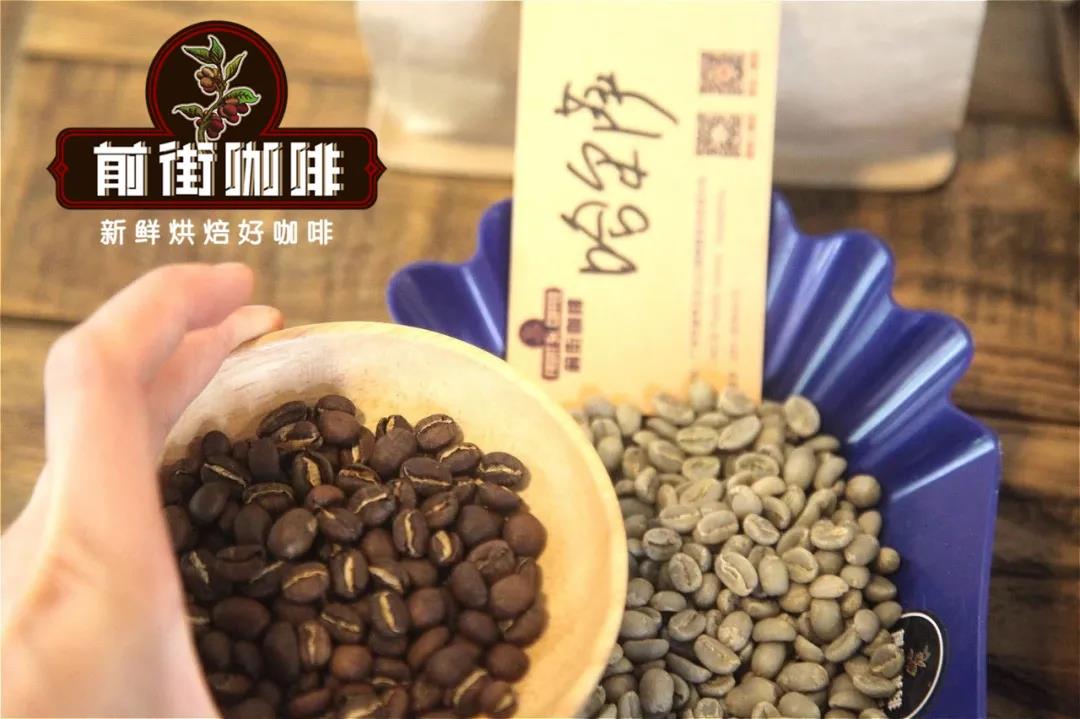
Producing area: Yega Xuefei Hofsa
Co-operative: Hofsa Cooperative
Variety: native species
Treatment: washing treatment
Altitude: 1940m
Grade: G1
Coffee bean washing method
Washed
First, put the screened coffee berries into the machine to remove the skin, pulp and mucous membrane, put the coffee beans with residual pectin into the water and let them ferment for about 18-36 hours. After fermentation, the raw coffee beans with parchment are washed in a flow tank to remove the pulp and pectin.
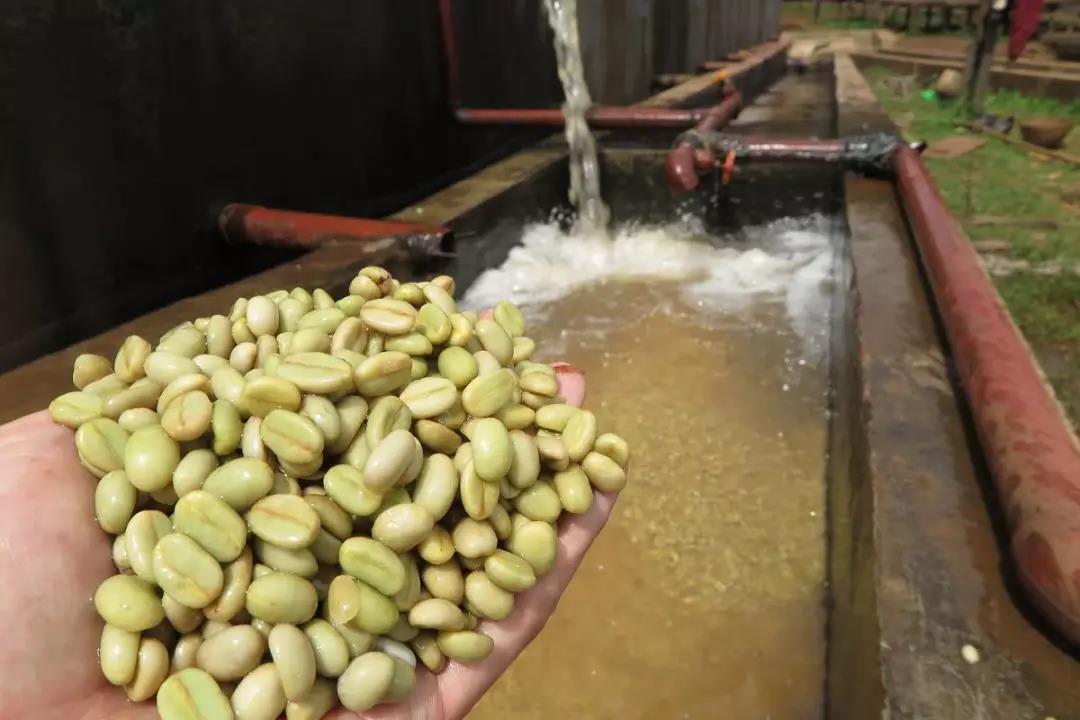
After washing, dry the coffee beans or dry the coffee beans with the help of a dryer to reduce the moisture content to about 12%, and finally remove the parchment of raw coffee beans. Qianjie Coffee has always liked washed coffee beans because of its obvious acidity, good cleanliness, moderate touch and the most consistent quality of raw beans.
Suggestion on coffee baking in Qianjie
The baking machine Yangjia 800N (baking capacity 480g) the furnace temperature is 170℃, the firepower is 140, the throttle is opened 3; the temperature recovery point is 390, the throttle is 28 ", when the furnace temperature is 140C, the throttle is opened to 4, the firepower is raised to 180; when the furnace temperature is 156℃, the bean meter turns yellow, the smell of grass disappears completely, and the firepower remains unchanged when entering the dehydration stage.
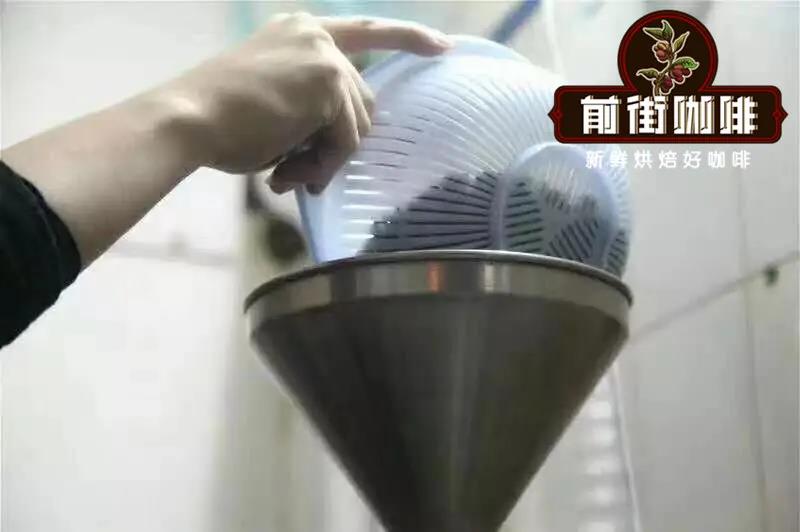
The smell of toasted bread has obviously changed to the smell of coffee, which can be defined as a prelude to an explosion. At this time, it is necessary to listen carefully to the sound of the explosion point. The sound of the explosion point begins to explode at 8pm 39th 35 ", the throttle opens 5, and the firepower drops to 150,196 ℃ into the pot.
Experience of brewing coffee in Qianjie
Filter cup: V60 # 01
Water temperature: 90 degrees
Powder content: 15g
Ratio of powder to water: 1:15
Degree of grinding: medium fine grinding (sieve powder in No. 20 sieve bowl to 77%)
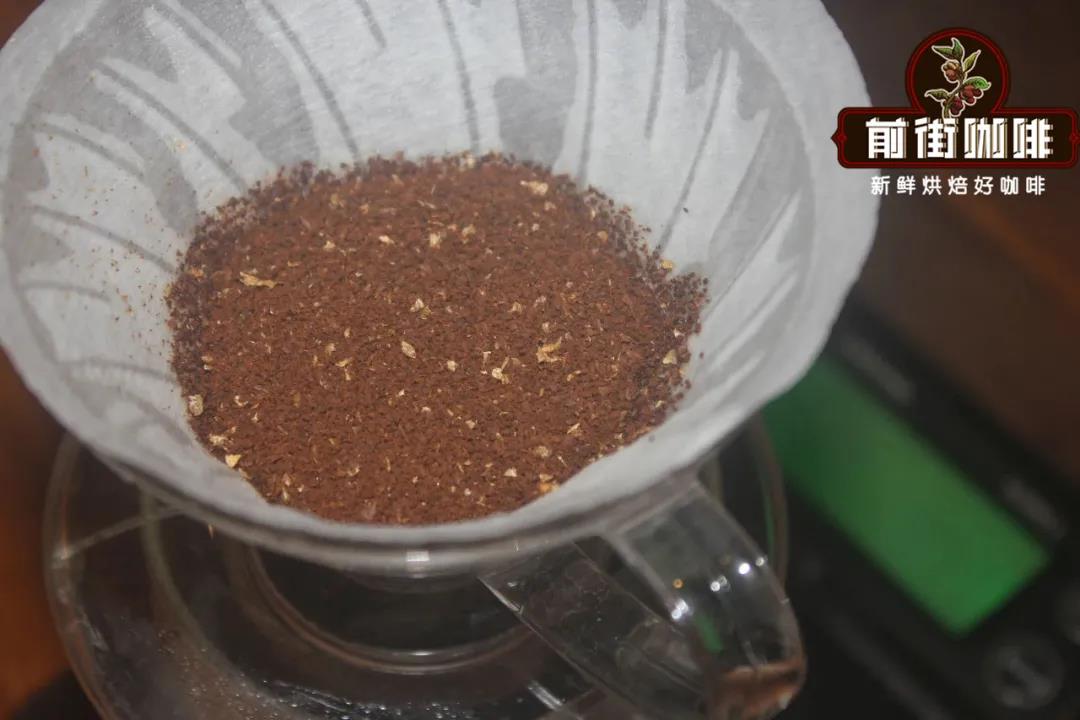
The front street cooking technique: first wet the filter paper and preheat the filter cup and the coffee pot. Steam with 30 grams of water for 30 seconds, small water flow around the circle to 125 grams for sectional injection, water level drop is about to expose the powder bed, continue to inject water to 225 grams to stop water injection, and so on when the water level drop is about to expose the powder bed, remove the filter cup, (steaming starts timing) the extraction time is 1 minute 39 percent 50 ".
Cooking flavor: plum acid, citrus, peach, grapefruit peel, with graceful flowers, black tea aftertaste, overall clean, soft taste.
For more boutique coffee beans, please add private Qianjie coffee on Wechat. WeChat account: kaixinguoguo0925
Important Notice :
前街咖啡 FrontStreet Coffee has moved to new addredd:
FrontStreet Coffee Address: 315,Donghua East Road,GuangZhou
Tel:020 38364473
- Prev
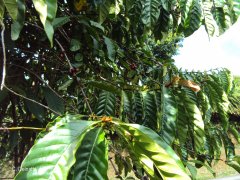
What kind of coffee do Liberica coffee beans belong to? How does Liberia compare with Arabica?
There are more than 120 identified species of coffee. Producers, traders, roasters, baristas and consumers will be mainly familiar with two of them: Arabica coffee and robusta coffee. However, the third species after these two species is mainly grown in Southeast Asia: free coffee. Today, it has become the main species of coffee grown in Malaysia and the Philippines. So, lib
- Next
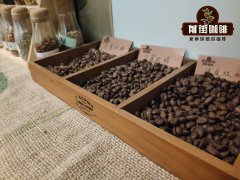
Coffee utensils and grinding degree correspond to how different grinding thickness of coffee affects a cup of coffee
Under the microscope, the cells of healthy raw beans are closely arranged in lattice shape, and the precursor aromatic compounds, proteins, fats, sugars, etc., are stored in the hard cell wall. After the raw bean is baked, the cells are destroyed and arranged loosely, but the cell wall is filled with carbon dioxide, oil and aromatic flavors produced by pyrolysis, resulting in the expansion of the bean body, but the whole cooked bean will be heated if it is not ground.
Related
- Beginners will see the "Coffee pull flower" guide!
- What is the difference between ice blog purified milk and ordinary milk coffee?
- Why is the Philippines the largest producer of crops in Liberia?
- For coffee extraction, should the fine powder be retained?
- How does extracted espresso fill pressed powder? How much strength does it take to press the powder?
- How to make jasmine cold extract coffee? Is the jasmine + latte good?
- Will this little toy really make the coffee taste better? How does Lily Drip affect coffee extraction?
- Will the action of slapping the filter cup also affect coffee extraction?
- What's the difference between powder-to-water ratio and powder-to-liquid ratio?
- What is the Ethiopian local species? What does it have to do with Heirloom native species?

